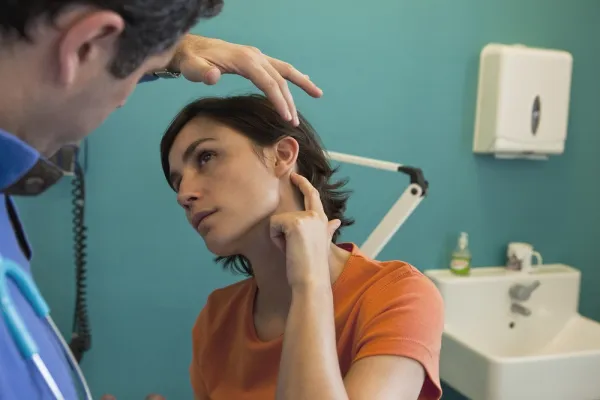Otolaryngology Coding Alert
Reimbursement:
Watch for Inconsistencies With 69210 Bilateral Payment Before Filing Your Claims
Published on Tue Feb 18, 2014

You’ve reached your limit of free articles. Already a subscriber? Log in.
Not a subscriber? Subscribe today to continue reading this article. Plus, you’ll get:
- Simple explanations of current healthcare regulations and payer programs
- Real-world reporting scenarios solved by our expert coders
- Industry news, such as MAC and RAC activities, the OIG Work Plan, and CERT reports
- Instant access to every article ever published in Revenue Cycle Insider
- 6 annual AAPC-approved CEUs
- The latest updates for CPT®, ICD-10-CM, HCPCS Level II, NCCI edits, modifiers, compliance, technology, practice management, and more
Related Articles
Other Articles in this issue of
Otolaryngology Coding Alert
- Reimbursement:
Watch for Inconsistencies With 69210 Bilateral Payment Before Filing Your Claims
Avoid modifier 50 with CMS, but leave it for private payers. Coders and providers were [...] - Documentation:
Improve Provider Documentation by Remembering These Potential Pitfalls
Hint: Ensure that information isn’t being cloned between patient visits. Last month we shared three [...] - ICD-10:
Notes of 'Right' or 'Left' Will Help You Dig for the Correct Impacted Cerumen Code
Hint: The H61.2- family will have all your code choices. With coding for impacted cerumen [...] - You Be the Coder:
Choosing the Best Code for Revised Ethmoidectomy
Question: Our surgeon performed a revised total ethmoidectomy. From my understanding, that means the ethmoids [...] - Reader Question:
Yes, You Can Code 30802 and 30520 Together
Question: An insurer denies 30802 when we bill with 30520. I didn’t think the two [...] - Reader Question:
Choose Your Option for Pledgets to Treat CSF Leak
Question: The otolaryngologist applied topical anesthesia before placing three pledgets in each of the patient’s [...] - Reader Question:
Prepare Now for Windows XP Not Meeting HIPAA Compliance
Question: The vendor who keeps our computers updated says we won’t be able to use [...] - Reader Question:
Turn to 42299 for RFA of Palate and Uvula
Question: Could you please help me with the following in-office procedure? The diagnosis used was [...] - Reader Question:
Say Good-Bye to G8553 for E-Prescribing
Question: Is there a new code to show Medicare that we are e-prescribing in 2014? [...] - Reader Question:
Facility and Practice Ownership Guide OP Allergy Coding
Question: Can an ENT perform outpatient allergy testing at the hospital where he is an [...]
View All




